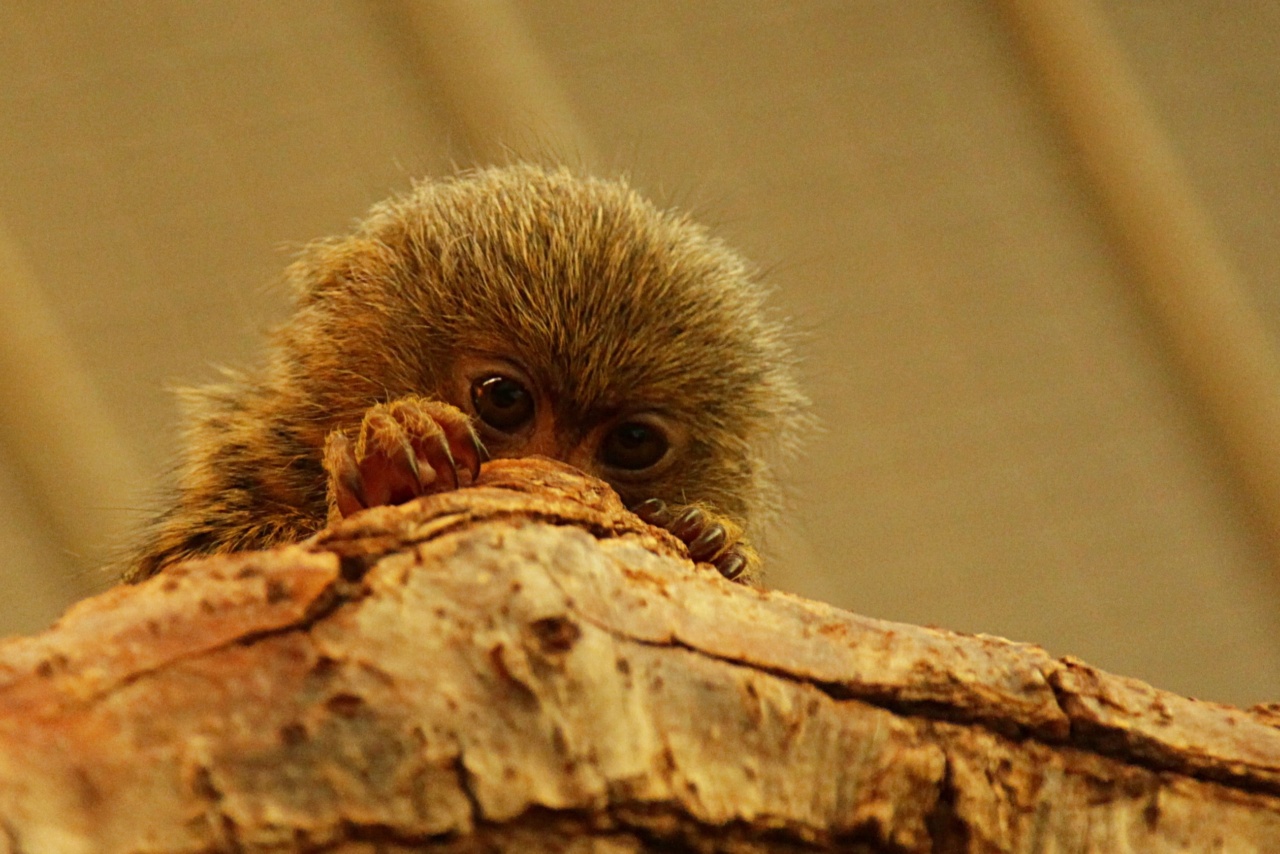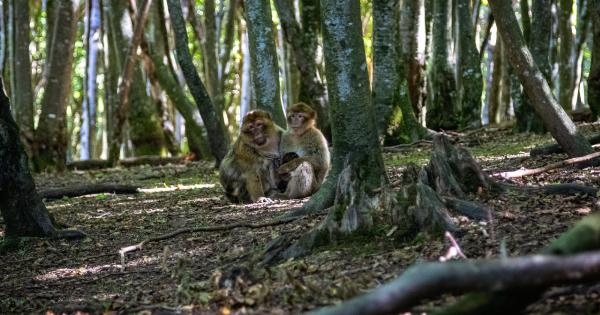Monkeys are often seen as cute and friendly creatures but they can be dangerous and unpredictable. In the USA, there have been several incidents of monkey attacks over the years that have resulted in serious injuries and even death.
Here we will explore the horror of monkey attacks in the USA and what can be done to prevent them.
What are the Reasons for Monkey Attacks?
There are several factors that can contribute to monkey attacks in the USA. These include:.
- Encroachment on Habitat: Humans are encroaching on the natural habitats of monkeys, which can lead to conflicts. As their habitats shrink, monkeys are increasingly coming into contact with humans, sometimes resulting in attacks.
- Feeding by Humans: People who feed monkeys can contribute to the problem by encouraging them to come into closer contact. This can make the monkeys more aggressive and cause them to act out in ways that are dangerous to humans.
- Protecting their Young: Mothers will fiercely protect their young, and if they feel that their offspring is in danger, they will attack in order to protect them. This can happen if humans get too close to baby monkeys or if they try to touch them.
- Aggressive Behavior: Monkeys can be territorial and competitive. When two groups of monkeys come into conflict, things can turn violent fast. Humans who are nearby can become collateral damage in these conflicts.
Notable Monkey Attacks in the USA
Although monkey attacks in the USA are relatively rare, they do happen. Here are some of the most notable incidents:.
The 2009 Monkey Attack in Stuart, Florida
In 2009, a two-year-old boy was attacked by a pet monkey in his home in Stuart, Florida. The monkey, a 9-pound capuchin named Joey, had escaped from its enclosure and jumped onto the boy, biting him on the leg and stomach.
The child was taken to the hospital and required more than 50 stitches. The monkey was later euthanized.
The 2011 Monkey Attack in Missouri
In 2011, a woman in Missouri was attacked by a monkey that had escaped from its owner’s home. The monkey, a 70-pound macaque, attacked the woman when she entered her backyard.
She suffered serious injuries to her face and body and had to be hospitalized. The monkey was later shot and killed by police.
The 2013 Monkey Attack in Florida
In 2013, a man in Florida was attacked by a rhesus macaque that had escaped from a nearby wildlife sanctuary. The monkey had been roaming the area for several months and had become increasingly aggressive.
The man suffered serious injuries to his face and had to undergo extensive surgery to repair the damage.
The 2018 Monkey Attack in Texas
In 2018, a woman in Texas was attacked by a pet monkey that had escaped from its owner’s home. The monkey, a 35-pound capuchin, bit the woman on the arm and then chased her into her home.
The woman was able to lock herself inside and call for help, but not before suffering serious injuries to her arm and face. The monkey was later captured and taken into custody by animal control officials.
How to Prevent Monkey Attacks
The best way to prevent monkey attacks is to avoid contact with these animals altogether. However, if you live in an area where monkeys are known to roam, there are some things you can do to protect yourself and your family. Here are some tips:.
- Don’t Feed the Monkeys: Feeding monkeys can create a situation where they start to associate humans with food. This can make the monkeys more aggressive and increase the chances of an attack.
- Stay Away from Baby Monkeys: Avoid getting too close to baby monkeys, as this can provoke their mothers and lead to an attack.
- Be Alert: Keep an eye out for monkeys when you are outside in areas where they live. If you spot a monkey, give it plenty of space and avoid making eye contact, as this can be seen as a threat.
- Secure Your Property: If you live in an area where monkeys are known to roam, make sure your property is secure. This means keeping windows and doors closed and locked, and keeping your garbage cans securely covered.
- Learn about the Behavior of Monkeys: Understanding the behavior of monkeys can help you avoid dangerous situations. For example, if a monkey is baring its teeth or making loud noises, it might be best to retreat and give it space.
Conclusion
While monkey attacks in the USA are relatively rare, they can be extremely dangerous and even deadly. Understanding the reasons for these attacks and taking steps to prevent them can help ensure that you and your family stay safe.































